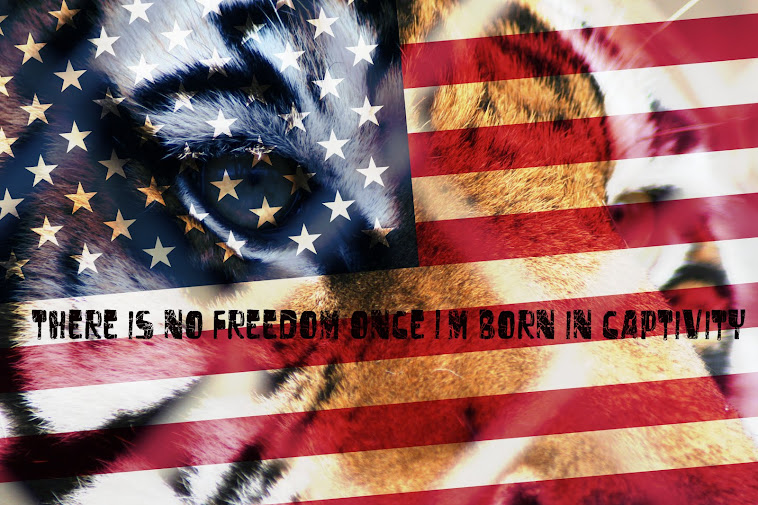 |
| Joe Schreibvogel |
While researching for this blog, I found a site that reports on abusive animal keepers. This site is entirely focused on exposing facilities and owners of animals who are not compliant with USDA regulations, who in fact completely flaunt those regulations. I have found reports of one such man that are unbelievably disturbing. His name is Joe Schreibvogel. You may have actually seen one of his many pay for play sessions at your local mall. His organization claims to be helping to preserve the tiger species but is in fact using these poor cubs to finance his "sanctuary", which is anything but. Sadly, these baby tigers and lions are kept in deplorable conditions, being carted around from place to place while sick and dying. Schreibvogel's organization has been recorded allowing cubs with diarrhea to be displayed. Instead of keeping them out of the display and nursing them back to health his crew just wipes up the diarrhea with a towel and then wipes the bottoms of these poor screaming cubs. In 2010, 23 cubs died from lack of proper care. Schreibvogel has been investigated by PETA and the USDA in regards to his practices and has been cited and put on probation in 2006. Hopefully conditions have improved somewhat since then, but the fact remains that this man is still breeding these animals for his own benefit. A true sanctuary does not breed animals. It's goal is to save animals that have been abused or misused and to educate the public not to own or breed these animals since it actually does nothing for conservation (see my article below on tiger breeding). The goal of a good sanctuary is to give a good quality of life to animals who have been removed from abusive conditions and to help preserve the species in its natural habitat. This man, and others like him must be stopped. Allowing someone like him, who claims to be doing good for the animals, to continue to run a breeding facility is criminal. I urge you to look at this link: http://www.911animalabuse.com/index.php?option=com_content&view=article&id=94:schreibvogel-joe-exotic&catid=31:browse-by-name&Itemid=41
and decide for yourself. Are pay for play sessions really educational tools? Does this sort of thing teach you not to own and breed these precious animals? Does it make you want help preserve the species in the wild? At what cost do we want our entertainment? Think about what these cubs have to look forward to when they are too old to be held (which is at 12 weeks of age). They will spend the rest of their lives in a cage no bigger than a parking space. How is that good for the species? Let's stop these pay for play sessions now! Check out my links at the bottom of this page to find your local representative and tell them how you feel, or go to catlaws.com to send prewritten forms to legislators letting them know this has to stop.
